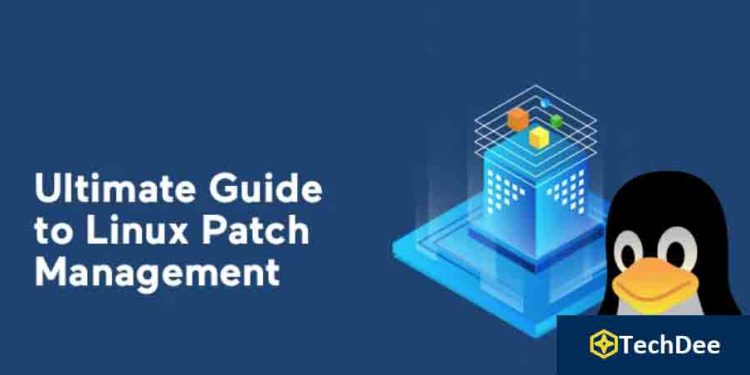Linux users are generally quite happy with the level of security they get. This is because Linux offers regular patches to keep your system protected from vulnerabilities. This is the ultimate guide on Linux patching, what it is, why users need it and how to do it right!
What is Linux Patch Management?
Linux patch management involves the management of application patches for Linux systems. This includes carrying out endpoint scans, detecting required or missing patches or updates, and downloading and deploying them from vendor sites to the systems. It is an integral part of Linux system maintenance. This is vital to security, u=system uptime, and improvement of features. In addition, it has become an essential part of regulatory demands, so patching ensures that you adhere to compliance standards.
Why Users Need a Patch Management System in Place
Users should ensure a patch management system is in place. This helps to keep the system’s performance in peak condition. It might also take care of compatibility problems and security issues. Thus, patch management is an integral part of keeping your system free from vulnerability.
Types of Patching
Linux patching can be handled in different ways.
Package Level
Package level patching is the simplest option. It involves using package installation for patch updates. While this is quick, the user has little idea about the changes happening. You do not know what issues they solve and how they could affect you. It is also quite hard to identify problems, as you may not know which patches have been applied. This patching also makes it difficult to rollback-changes, as you are not aware of what is updated and why.
Category Based Patching
Patches can be done categorically for applications in security, bug fixes, updates, and so on. The disadvantage here is that you might get results you do not expect. It would also be difficult to roll back changes in case you face any problems. Thus, although category-level patching is popular, it is not advisable in the long run.
Advisory Level Patching
Advisory level patching is a more practical method to handle the all-around vulnerability. An advisory includes information like risk scores, common vulnerabilities and exposures, and so on. They take a proactive approach to patching and gives the user a stable and logical group of multiple packages.
Best Patch Management Practices
Some of the best ways to manage your patches such that vulnerability are minimal are:
- Prioritize your existing vulnerabilities. Prioritization helps you navigate the threat landscape and identify immediate threats that require patching.
- Remediate issues to reduce the risk
- Establish a process in case of a disaster. This backup plan will help in case your patch management process fails or causes any problems.
- Understand the assets you have and the vulnerabilities related to each asset. It gives you a better idea as to how to prioritize the vulnerabilities.
Make Patch Management Easier with JetPatch
Patch management can become a time-consuming process. It involves procuring patches, identification of vulnerabilities, their prioritization and analysis, and prediction of updates.
In addition to this, Linux admins are also involved with the management of patch cycles for multiple applications. A single-step solution to patching is JetPatch. JetPatch gives you the advice you need based on the system and setup being used. You no longer need to hunt down advisories. It also keeps your systems consistent by aligning patches.
JetPatch can provide you the data needed to prioritize implementation and merge resources in a single window. You can even choose to automate deployment based on your organization’s policy.
The best part is the JetPatch dashboard that lets you track all systems with minimum downtime.
Patch management is an important process vital to managing Linux systems. However, it does not have to be a complicated process. Keeping your organization compliant and keeping vulnerabilities at bay is easier than ever.
Follow TechDee for more Technology and Business News.





